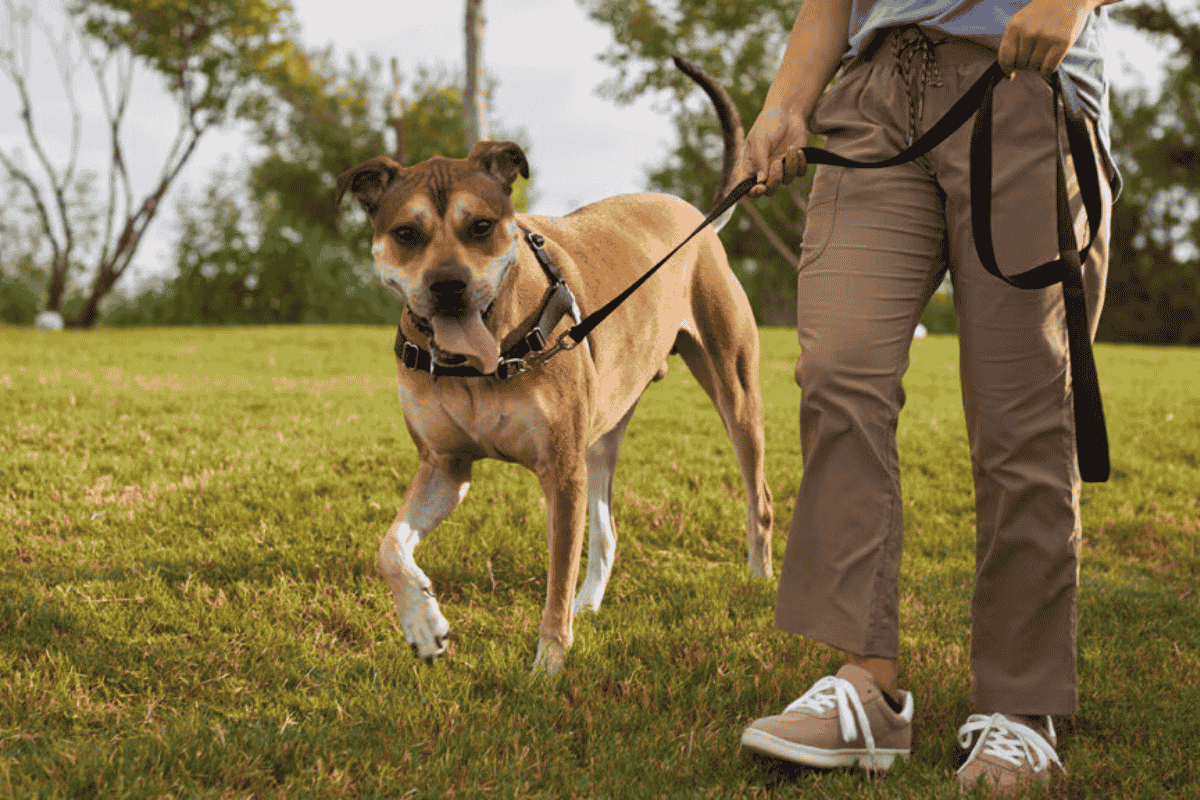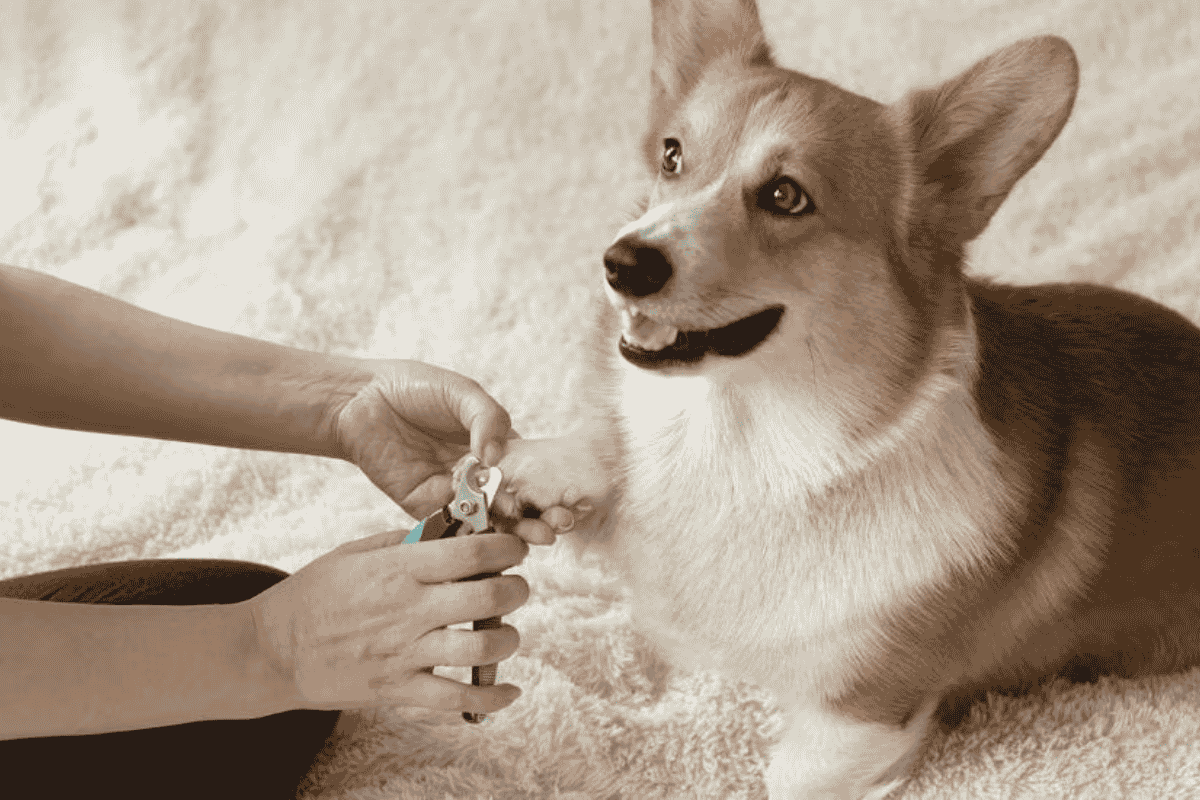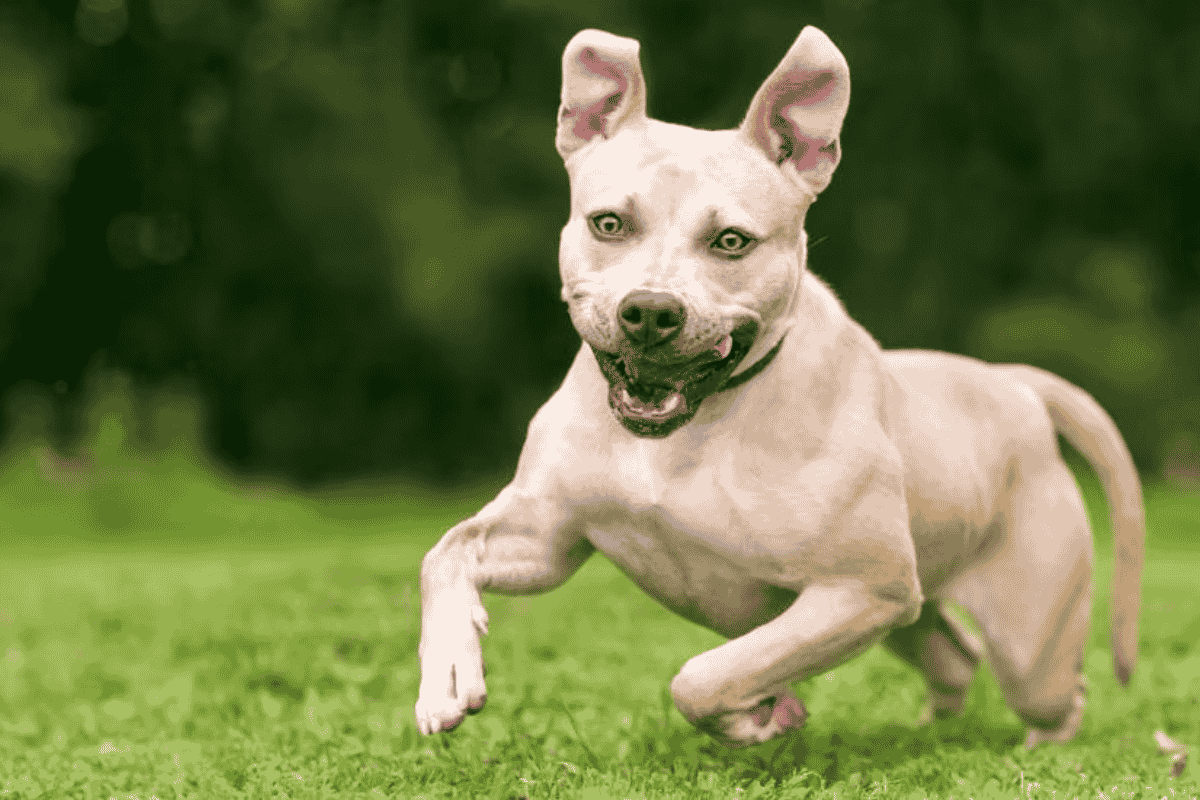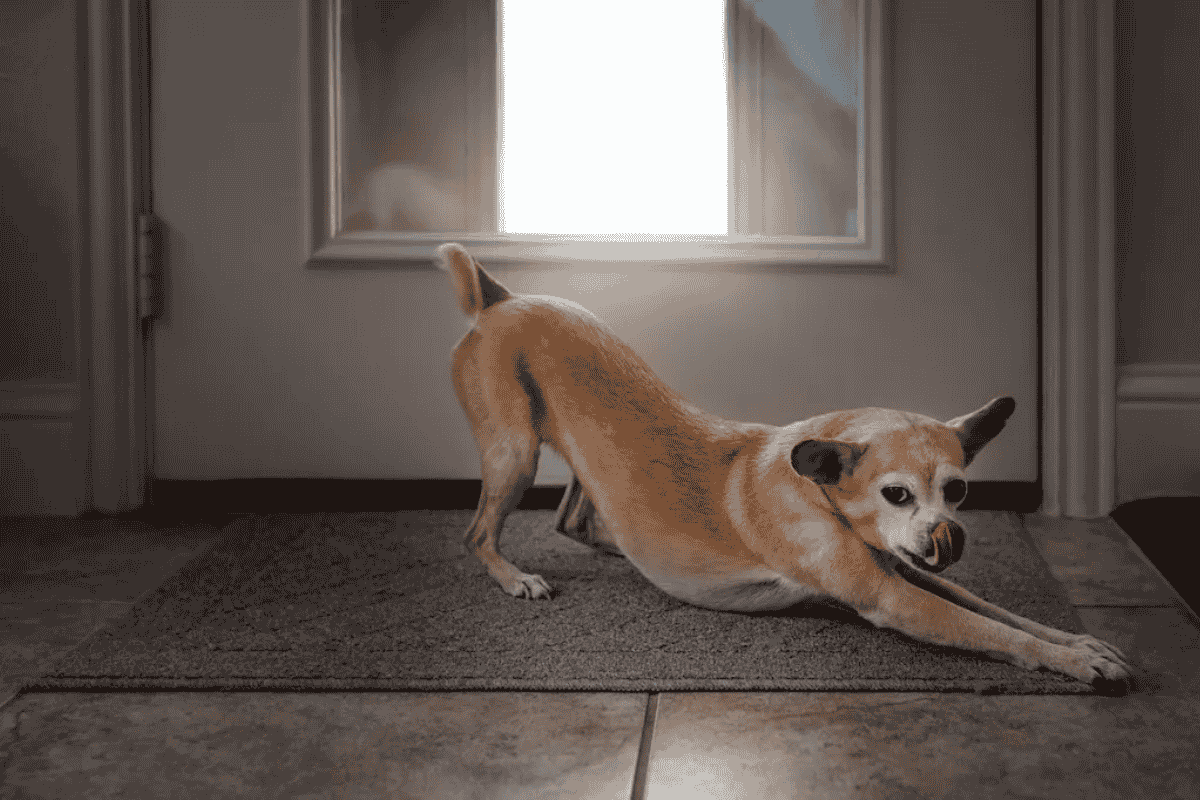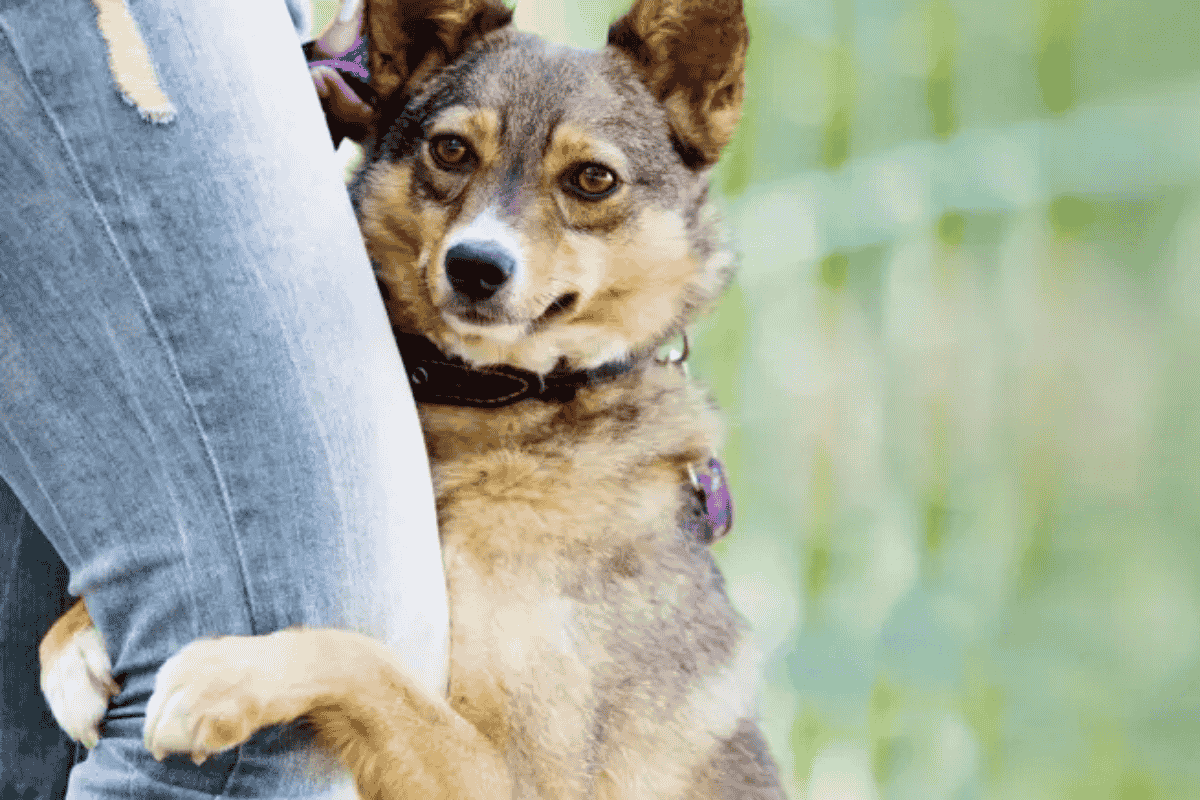Dog obesity is one of the most common health issues in the U.S., with nearly 59% of dogs classified as overweight or obese. Carrying extra weight can put your pup at risk for serious health conditions, reduce their quality of life, and shorten their lifespan.
As a pet parent, it’s important to recognize the signs early and take proactive steps with guidance from your veterinarian.
Choose a Vet-Recommended Dog Weight Loss Diet
The foundation of healthy weight loss in dogs starts with the right diet. Your vet can recommend a specially formulated dog weight loss food that is:
- Lower in calories to reduce excess intake
- High in fiber to keep your pup feeling full longer
- Supportive of other health conditions if your dog has underlying issues
Accurate portioning is just as important as choosing the right food. Use a measuring cup or, even better, a food scale to ensure your dog receives the exact amount recommended. Even small amounts of extra kibble can lead to weight gain, especially for smaller breeds.
Monitor Your Dog’s Daily Calorie Intake
Calories from treats and table scraps add up quickly. To help your dog lose weight:
- Measure every meal and snack carefully
- Avoid overfeeding treats—swap them for dog-safe vegetables like carrots or green beans
- Consult your veterinarian for a precise daily calorie limit
By keeping track of calorie intake, you’ll have more control over your pup’s progress.
Consider a Dog Weight Management Supplement
In addition to diet and exercise, certain supplements may support your dog’s weight management.
Zesty Paws Vet Strength Weight Management Bites include:
- Inulin (fiber) to promote fullness
- B vitamins to help convert food into energy instead of fat
- L-carnitine to support fat metabolism while preserving muscle
- Postbiotic BPL1 to aid digestion and regulate fat metabolism
These vet-formulated chews can complement a structured diet and exercise plan to help your dog stay on track.
Get Your Dog Moving
Exercise is critical for burning calories and keeping your dog healthy. Incorporate:
- Daily walks with added distance or pace
- Fun activities like fetch, tug-of-war, or agility play
- Vet-recommended exercise adjustments based on your dog’s breed, age, and size
Exercise not only supports weight loss but also strengthens muscles, improves cardiovascular health, and provides mental stimulation.
Stick to a Routine
Consistency is key. Create a daily schedule for:
- Meals at set times to prevent overeating
- Exercise to build healthy habits
- Sleep and rest to support recovery and energy levels
Dogs thrive on structure, which provides security, reinforces good behavior, and reduces anxiety—all of which support long-term health goals.
Maintaining a Healthy Weight
Once your dog reaches their goal weight, the work isn’t over. Maintaining a healthy weight is just as important as losing it. With your vet’s guidance, you can:
- Transition your pup to a maintenance diet
- Adjust portion sizes to meet their new needs
- Continue monitoring weight with regular vet visits
By keeping up with proper nutrition, consistent exercise, and weight monitoring, your dog can enjoy a healthier, happier life.
FAQs
How do I know if my dog is overweight?
Your veterinarian can assess your dog’s body condition score (BCS) during an exam. Signs of excess weight include not being able to easily feel your dog’s ribs, loss of a visible waistline, and difficulty with physical activity.
How much weight should my dog lose per week?
Safe weight loss for dogs is gradual. Most vets recommend aiming for 1–2% of body weight per week. Rapid weight loss can be harmful and should be avoided.
Can I just reduce my dog’s food instead of switching diets?
Not always. Simply cutting back on regular food may lead to nutritional deficiencies. Vet-recommended weight loss diets are specifically formulated to provide balanced nutrition while reducing calories.
What treats can I give my dog during weight loss?
Instead of high-calorie treats, try dog-safe vegetables such as carrots, green beans, cucumber slices, or apple slices (without seeds). Always check with your vet before introducing new foods.
Does exercise alone help dogs lose weight?
Exercise is important but should be combined with a proper diet. Most weight loss comes from calorie control, while exercise helps build muscle, improve metabolism, and maintain cardiovascular health.
